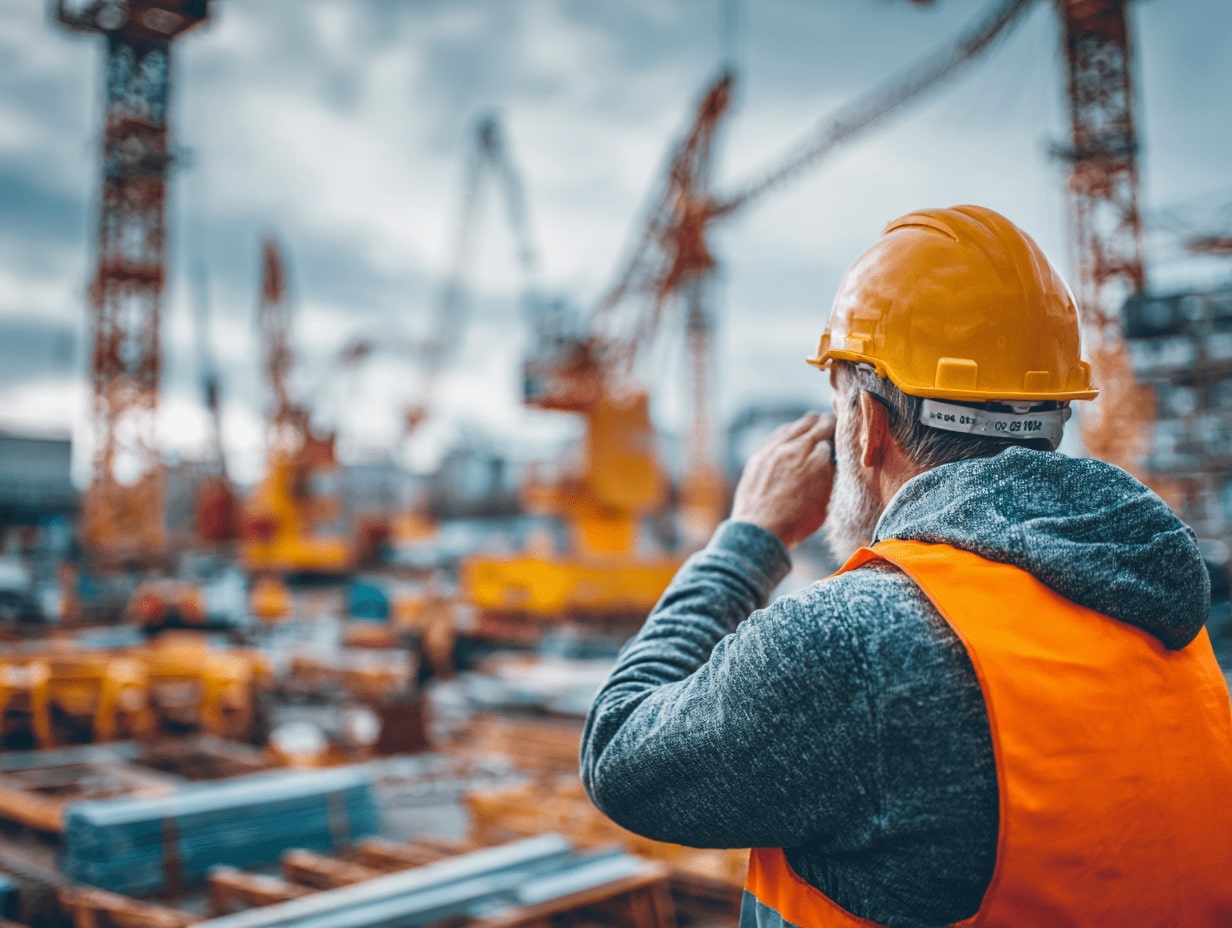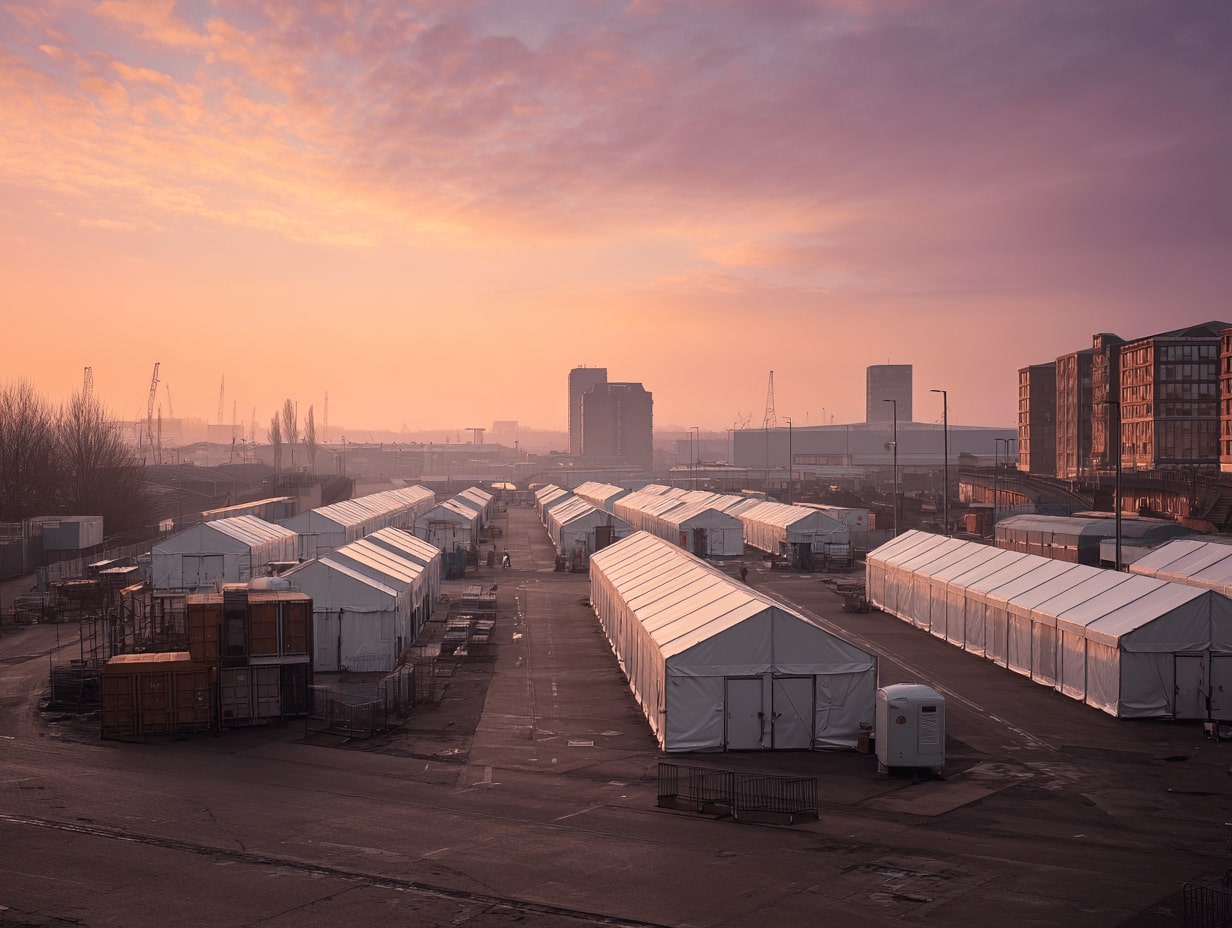- Home
- Articles
- Architectural Portfolio
- Architectral Presentation
- Inspirational Stories
- Architecture News
- Visualization
- BIM Industry
- Facade Design
- Parametric Design
- Career
- Landscape Architecture
- Construction
- Artificial Intelligence
- Sketching
- Design Softwares
- Diagrams
- Writing
- Architectural Tips
- Sustainability
- Courses
- Concept
- Technology
- History & Heritage
- Future of Architecture
- Guides & How-To
- Art & Culture
- Projects
- Interior Design
- Competitions
- Jobs
- Store
- Tools
- More
- Home
- Articles
- Architectural Portfolio
- Architectral Presentation
- Inspirational Stories
- Architecture News
- Visualization
- BIM Industry
- Facade Design
- Parametric Design
- Career
- Landscape Architecture
- Construction
- Artificial Intelligence
- Sketching
- Design Softwares
- Diagrams
- Writing
- Architectural Tips
- Sustainability
- Courses
- Concept
- Technology
- History & Heritage
- Future of Architecture
- Guides & How-To
- Art & Culture
- Projects
- Interior Design
- Competitions
- Jobs
- Store
- Tools
- More
Building the Future: Innovative Construction Techniques You Need to Know

The construction landscape is experiencing a profound metamorphosis as innovative techniques redefine the industry’s norms. These advancements not only amplify efficiency and cost-effectiveness but also confront longstanding challenges. In this exploration, we uncover the pioneering construction techniques steering the industry into the future.
Table of Contents
ToggleThe Evolving Landscape of Innovative Construction Techniques
In an era of unprecedented technological strides, the construction industry is at the forefront of embracing novel methods and technologies. These innovative techniques are not merely streamlining processes; they are fundamentally altering the way we conceptualize plan, and construct buildings.
Traditional Construction
Before we delve into the world of innovative construction techniques, a grasp of traditional challenges is imperative. Lengthy project timelines, cost overruns, and quality control issues have historically plagued the industry. However, the advent of new construction methods is ushering in an era of efficiency and sustainability.
Let’s take a look at some of them:
Prefabrication and Modular Construction
A beacon of promise in modern construction is prefabrication. This involves manufacturing building components off-site and transporting them to the construction site for assembly.
The benefits are manifold: reduced construction time enhanced quality control, and cost savings. Assembling various modules expedites the construction process, allowing buildings to rise swiftly and efficiently.

What is Prefabrication?
Prefabrication, synonymous with modular construction, entails creating building components like walls and roofs in a controlled factory environment. These components are then transported to the construction site for assembly. This approach ensures precision and efficiency in the construction process.
To learn more about volumetric modular construction, consider how this method streamlines the building process: entire modules are prefabricated in a factory setting and then assembled on-site, enhancing efficiency and reducing environmental impact.
Benefits of Prefabrication in Construction
The advantages are abundant. Off-site manufacturing minimizes weather-related delays. Controlled factory environments guarantee adherence to stringent standards, improving quality control. The swifter construction associated with prefabrication allows for faster project completion and increased cost savings.
With the advent of cloud-based construction hosting, project managers can now streamline workflow, enhance collaboration, and access real-time data from any location, revolutionizing how construction projects are managed and executed.
3D Printing in Construction
3D printing has emerged as a game-changer in the construction industry. This technique involves layer-by-layer deposition of materials to create three-dimensional objects. The precision and efficiency offered by 3D printing in construction enable the fabrication of complex building components.
Robotics and Automation
The integration of robotics and automation is also revolutionizing the construction sector. Robots excel at repetitive or hazardous tasks, minimizing human error. Automation facilitates precise project management through scheduling and monitoring, ensuring both efficiency and worker safety.
Green Construction Methods
Sustainability is paramount in construction. Green construction methods aim to reduce the environmental impact of buildings throughout their lifecycle. Solar panels, rainwater harvesting systems, and energy-efficient insulation are gaining prevalence, creating eco-friendly and energy-efficient structures.

Importance of Sustainability in Construction
Sustainability plays a pivotal role, considering global concerns about climate change and resource depletion. Sustainable construction not only preserves the environment but also offers long-term cost savings and enhanced occupant comfort.
Smart Building Technologies
The rise of the Internet of Things (IoT) has paved the way for smart building technologies. IoT enables the interconnectivity of devices and systems within a building, enhancing functionality and efficiency. This integration allows intelligent control of lighting, HVAC, and security systems, resulting in improved comfort, energy savings, and operational efficiency.
Integration of IoT
The integration of IoT in construction creates smart buildings capable of monitoring and optimizing various aspects of performance. Sensors embedded in the infrastructure collect and analyze data on HVAC systems and others, enabling predictive maintenance, efficient energy usage, and real-time monitoring. In addition to optimizing HVAC systems within construction, the integration of IoT extends its benefits to the residential sector through the incorporation of smart home devices for AC. These intelligent devices enable homeowners to remotely control and monitor their air conditioning units, contributing to personalized energy management and further enhancing the overall efficiency and sustainability of the built environment. This interconnectedness enhances overall performance and sustainability.
Essential factors of modern construction
To enhance the recreational aspects of modern construction, architects are incorporating innovative modern pool plans. These designs not only complement contemporary architecture but also contribute to creating visually stunning and functional outdoor spaces.
The concept of design-build is gaining traction in the construction industry, offering a streamlined approach by combining the design and construction phases into a single, cohesive process. This integrated approach fosters collaboration and efficiency, ensuring a more seamless project delivery.
Innovative construction techniques extend beyond the structural aspects, influencing the overall ambiance of spaces. Modern landscape design is a crucial element, seamlessly integrating natural elements with contemporary structures, and creating harmonious and visually appealing environments.
Future Trends and Emerging Technologies
The future promises even more revolutionary techniques, from advanced materials to augmented reality. The construction industry’s continuous evolution shapes how we envision and build our surroundings.
The construction industry is undergoing a profound transformation, courtesy of technological advancements. Building Information Modeling, prefabrication, modular construction, robotics, sustainable practices, and virtual/augmented reality are but a few of the trends reshaping the construction landscape. By embracing these innovations, the industry is not just improving efficiency and cutting costs; it’s sculpting a future of more sustainable, visually appealing structures.
Building the Future: A Blueprint for Sustainability and Efficiency in Construction
Innovative construction techniques are not merely transforming the industry; they are paving the way for increased efficiency, sustainability, and cost-effectiveness. From prefabrication and 3D printing to smart building technologies and automation, these advancements are redefining the construction landscape. As we look to the future, staying informed and embracing these innovative techniques is crucial for industry professionals, contributing to the creation of a better, more sustainable world.
illustrarch is your daily dose of architecture. Leading community designed for all lovers of illustration and #drawing.
2 Comments
Submit your architectural projects
Follow these steps for submission your project. Submission FormLatest Posts
Why Legal Support Is Critical After a Serious Construction Accident
If you are dealing with a construction accident or have ever watched...
7 Common Myths Every Contractor Should Stop Believing
The construction landscape is a complicated place at the best of times,...
Automation in Construction: Why Human Safety Still Matters
Automation in construction can cut injuries, but new risks emerge. Learn practical...
The Beauty of Temporary Buildings: Why Ephemeral Architecture Captivates Us
Explore the beauty of temporary buildings with design principles, sustainable materials, and...












Greetings! I found this blog post to be incredibly informative and well-written. Your ability to break down complex topics into easy-to-understand language is truly a gift. Thank you for sharing your knowledge with us. I’m excited to read more of your posts in the future!
Hello! I wanted to drop by and say that I really enjoyed this blog post. Your writing is always so clear and concise, and you have a talent for making complex topics easy to understand. Thank you for sharing your insights with us. I’m looking forward to your next post!